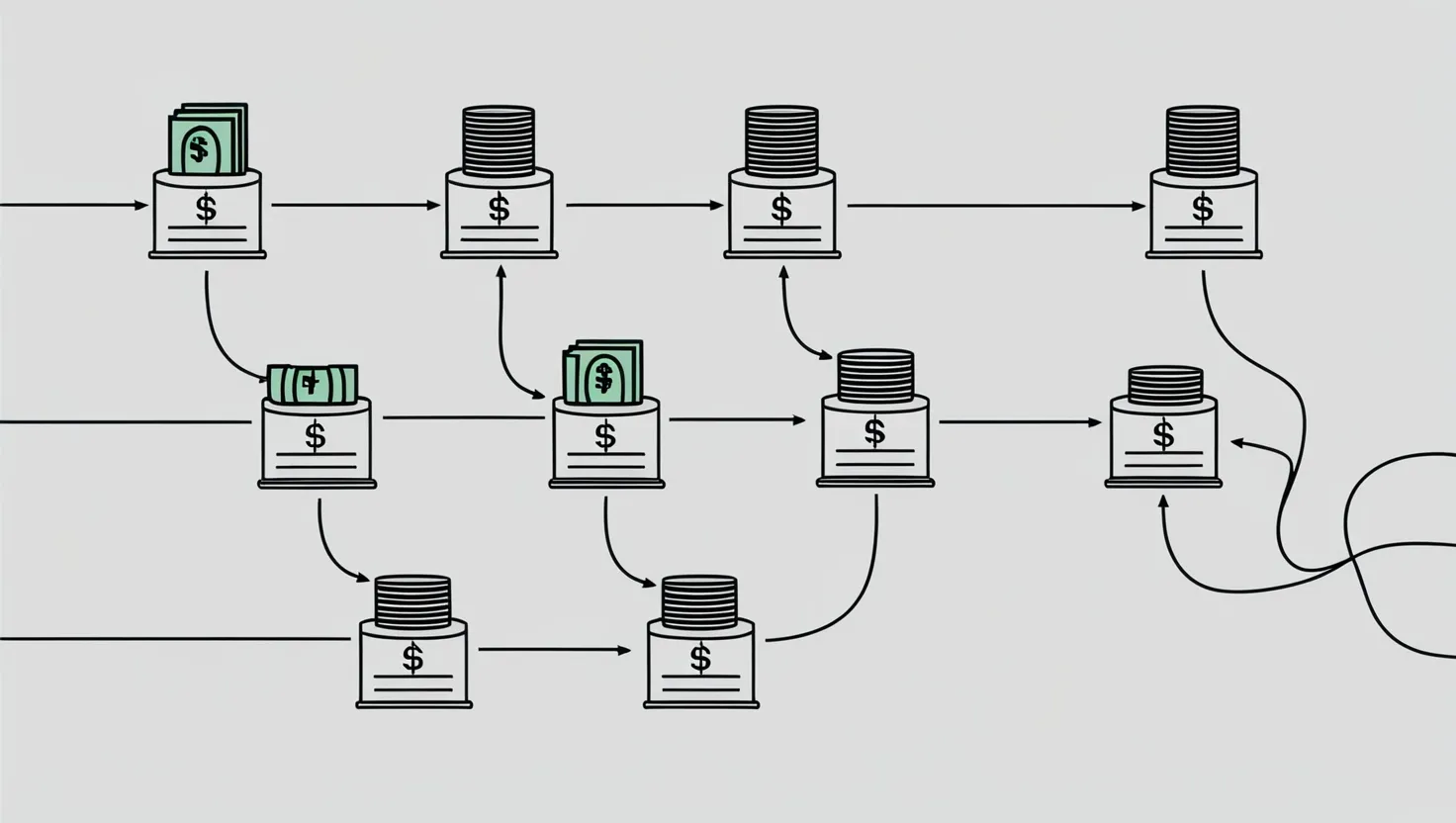Green subsidies have become a hot topic in the global fight against climate change. Governments are throwing money at renewable energy and eco-friendly tech, hoping it’ll boost the economy while saving the planet. But do these subsidies really deliver, or are we just throwing good money after bad?
Let’s break it down. On paper, green subsidies sound great. They’re meant to push companies and people towards cleaner energy, cut down on carbon emissions, and create jobs in shiny new green industries. Take the US, for example. They’ve earmarked a whopping $400 billion in their Inflation Reduction Act to slash carbon emissions by 40% in just a few years. The EU and China are playing the same game, betting big on green tech.
And you know what? There’s some evidence that it works. Studies show that when countries double their green patents, their GDP can jump by 1.7% in five years. That’s not chump change. It starts with a boost in investment, then snowballs as production gets cheaper and more energy-efficient. Plus, let’s not forget the money we save by avoiding climate disasters. It’s like killing two birds with one stone – a greener planet and a fatter wallet.
But here’s where it gets interesting. Green innovation isn’t just about swapping out old tech for new. It often sparks a whole chain of related innovations that can supercharge economic growth. Things like emissions trading, feed-in tariffs, and government R&D spending can really get the creative juices flowing. And when countries team up on climate agreements, it creates an even bigger market for these new technologies. More demand means more innovation. It’s a virtuous cycle.
Now, before we get too excited, let’s pump the brakes a bit. Green subsidies aren’t all sunshine and rainbows. They can cause some serious headaches too. For starters, they can mess with global trade. When big players like the US, China, and the EU start throwing money around, it can create unfair advantages. Suddenly, you’ve got companies like Volkswagen and BMW thinking about moving to the US for better subsidies. That’s not great for competition in Europe.
There’s also the risk of what economists call a “deadweight effect.” Basically, companies might start chasing subsidies instead of actually innovating. It’s like giving a kid candy for doing their homework – they might do it, but are they really learning?
And don’t even get me started on protectionism. Some countries tie their subsidies to local content requirements. Sounds good in theory – support local businesses, right? But it can backfire big time. It can limit the spread of green tech globally and lead to other countries retaliating. Before you know it, we’re in a trade war, and nobody wins those.
So, what’s the alternative? Well, some experts say we should mix it up a bit. Instead of just throwing money at the problem, why not use a combo of green taxes, regulations, and targeted innovation funding? Carbon pricing is a big one – make the polluters pay, and suddenly green tech looks a lot more attractive. And here’s a wild idea: how about we cut tariffs on low-carbon tech? That could help spread these technologies to developing countries where they’re needed most.
Let’s look at some real-world examples. The US Inflation Reduction Act sounds great on paper, but critics worry it might create long-term economic problems. Those subsidies for wind and solar are set to keep going until we hit some pretty ambitious emission reduction targets – which might not happen until 2046 or later. That’s a long time to keep the money tap running.
On the flip side, you’ve got countries like Denmark and Costa Rica showing how it’s done. Denmark’s smart use of feed-in tariffs has made them a wind energy superstar. And Costa Rica? They’ve turned reforestation and eco-tourism into an art form. It just goes to show that with the right approach, you can have your cake and eat it too.
Now, I know what you’re thinking. “That’s all great, but what can I do?” Well, my friend, plenty. If you’ve got the means, consider investing in solar panels or renewable energy credits. It’s good for the planet and your wallet in the long run. And don’t underestimate the power of energy efficiency. Simple stuff like using LED bulbs, turning off lights, and insulating your home can make a big difference.
But it’s not just about what you do at home. Get involved in your community. Support green policies. Vote with your wallet by backing companies that take sustainability seriously. And most importantly, stay informed. The world of green tech is moving fast, and the more you know, the better decisions you can make.
Here’s the bottom line: green subsidies are a mixed bag. They can do a lot of good, driving innovation and economic growth. But they’re not a silver bullet. We need a balanced approach that combines subsidies with other tools like taxes, regulations, and smart innovation funding. And we need to be careful not to create unfair advantages or trade distortions.
The key is in how we design and implement these policies. We need international cooperation, transparency, and a commitment to fairness. It’s not just about throwing money at the problem – it’s about creating a system that encourages real innovation and sustainable growth.
In the end, tackling climate change while growing the economy is a bit like trying to pat your head and rub your stomach at the same time. It’s tricky, but with practice and the right approach, we can get there. And let’s face it, we have to. The stakes are too high to get this wrong.
So, next time you hear about a new green subsidy, don’t just cheer or jeer. Think about the bigger picture. Are we creating a sustainable future, or just kicking the can down the road? It’s up to all of us – governments, businesses, and individuals – to make sure we’re on the right track. Because at the end of the day, we’ve only got one planet. Let’s make sure we’re taking care of it the smart way.






